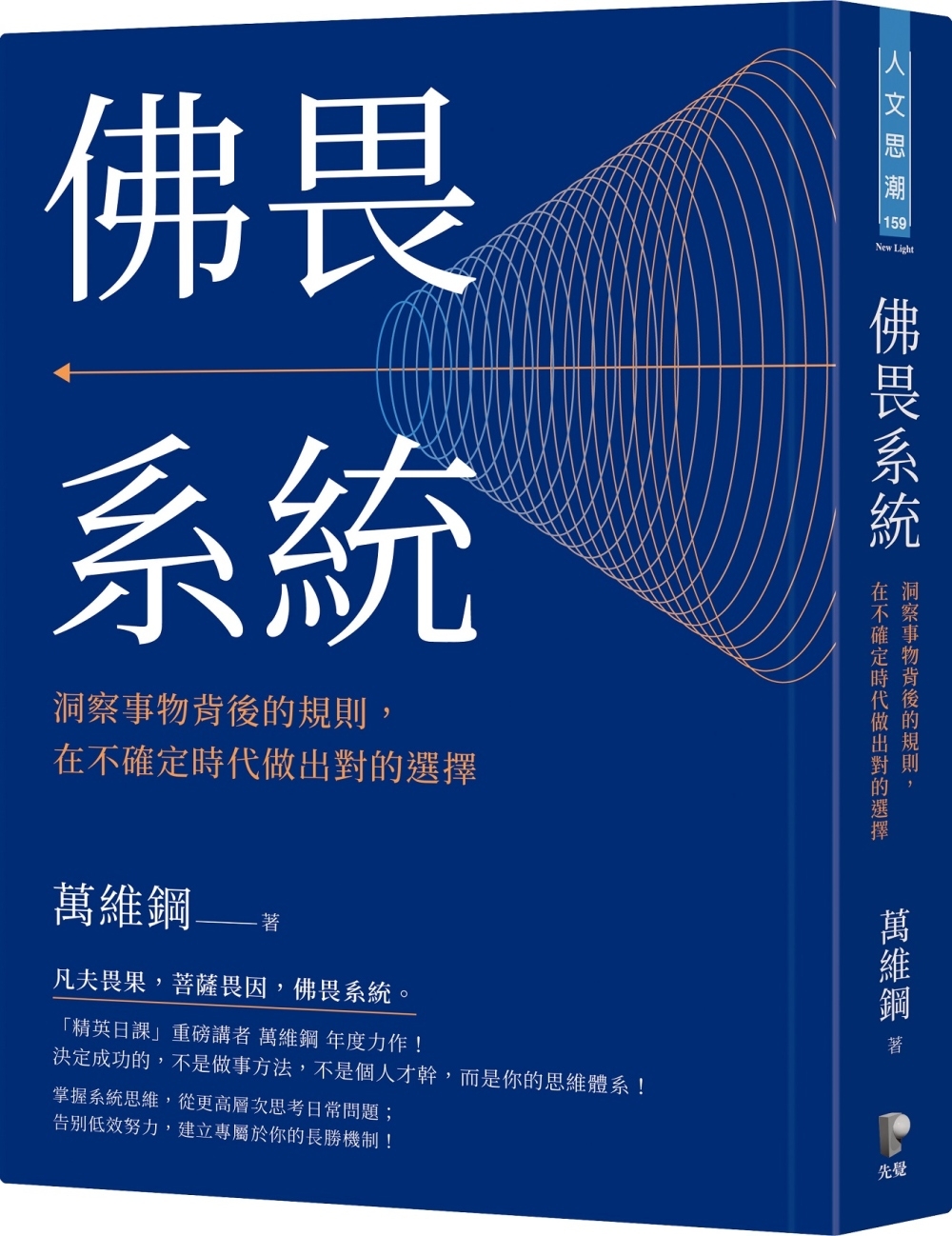Recent research has shown that proper names morphosyntactically differ from common nouns in many ways. However, little is known about the morphological and syntactic/distributional differences between proper names and common nouns in less known (Non)-Indo-European languages. This volume brings together contributions which explore morphosyntactic phenomena such as case marking, gender assignment rules, definiteness marking, and possessive constructions from a synchronic, diachronic, and typological perspective. The languages surveyed include Austronesian languages, Basque, English, German, Hebrew, and Romance languages. The volume contributes to a better understanding not only of the contrasts between proper names and common nouns, but also of formal contrasts between different proper name classes such as personal names, place names, and others.











